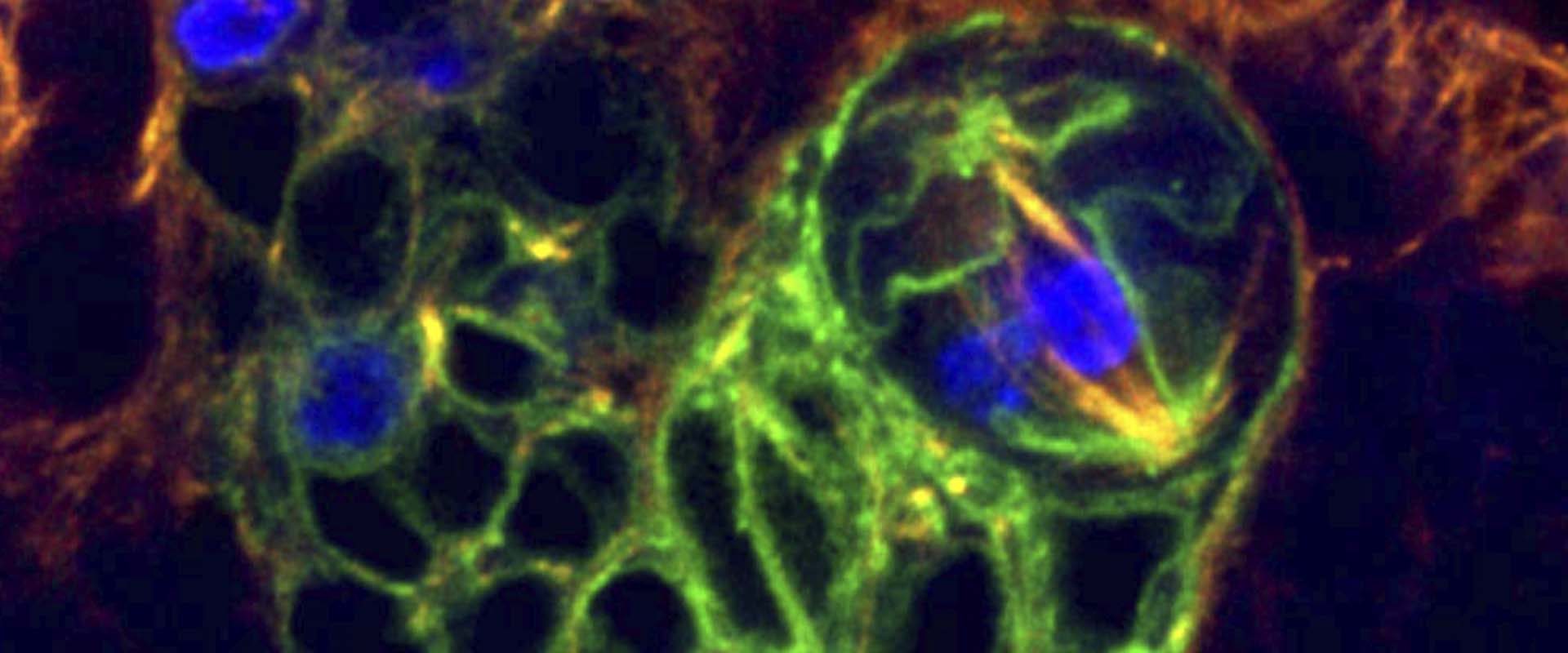A Serrate-Notch-Canoe complex mediates glial-neuroepithelial cell interactions essential during Drosophila optic lobe development,
It is firmly established that interactions between neurons and glia are fundamental across species for the correct establishment of a functional brain. Here, we found that the glia of the Drosophila larval brain display an essential non-autonomous role during the development of the optic lobe. The optic lobe develops from neuroepithelial cells that proliferate by dividing symmetrically until they switch to asymmetric/differentiative divisions that generate neuroblasts. The proneural gene lethal of scute (lsc) is transiently activated by the epidermal growth factor receptor (EGFR)–Ras signal transduction pathway at the leading edge of a proneural wave that sweeps from medial to lateral neuroepithelium, promoting this switch. This process is tightly regulated by the tissue-autonomous function within the neuroepithelium of multiple signaling pathways, including EGFR–Ras and Notch. This study shows that the Notch ligand Serrate (Ser) is expressed in the glia and it forms a complex in vivo with Notch and Canoe, which colocalize at the adherens junctions of neuroepithelial cells. This complex is crucial for interactions between glia and neuroepithelial cells during optic lobe development. Ser is tissue-autonomously required in the glia where it activates Notch to regulate its proliferation, and non-autonomously in the neuroepithelium where Ser induces Notch signaling to avoid the premature activation of the EGFR–Ras pathway and hence of L´sc. Interestingly, different Notch activity reporters showed very different expression patterns in the glia and in the neuroepithelium, suggesting the existence of tissue-specific factors that promote the expression of particular Notch target genes or/and a reporter response dependent on different thresholds of Notch signaling.

 Español
Español
